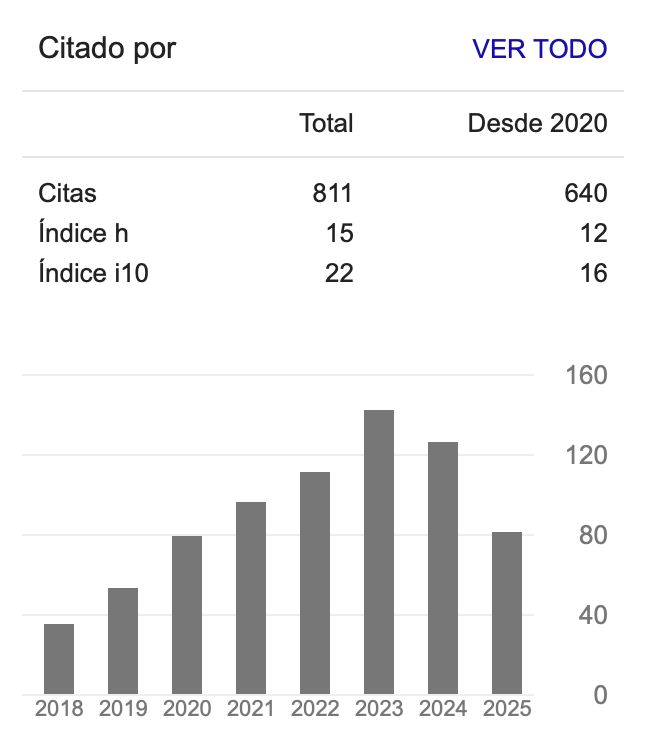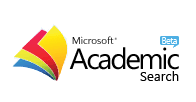The role of indirect learning activities in the classroom
El papel de las actividades de aprendizaje indirecto en el aula
DOI:
https://doi.org/10.54104/papeles.v16n32.1890Keywords:
Directed activities, educational games, learning conditions, learning environment, school activitiesAbstract
Introduction: For the language learning process, it is essential to have a relaxed and positive classroom environment, as this indirectly contributes to learning by facilitating students’ readiness to use the language. Methodology: In this context, the present research explored the most frequently used indirect learning activities by teachers in their practice. The study design is qualitative and exploratory. A semi-structured interview with 13 predefined questions and the flexibility to include follow-up questions was used to explore the participants’ perspectives and experiences. Data were collected on the frequency of use of learning activities and the reasons for their inclusion in the classroom, from a total of 13 teachers belonging to a language center in northern Mexico. The data were analyzed using content analysis. Results and Discussion: The results revealed that teachers show a notable concern for creating a good classroom environment through activities in the form of games or competitions. Conclusions: it is observed that indirect learning activities are consistently included as a basis for the incorporation of other activities, which emphasizes the importance of carefully selecting activities in the educational process, considering both the direct and indirect learning objectives.
Downloads
References
Canizales, W., Ries, F. y Rodríguez, C. (2020). Estilos de aprendizaje y ambiente de aula: Situaciones que anteceden a la innovación pedagógica en estudiantes de deporte. Retos: Nuevas Tendencias en Educación Física, Deporte y Recreación, 38, 213-221. https://doi.org/10.47197/retos.v38i38.72791
Dios Arias Silva, J. de, Cárdenas Roa, C. y Estupiñán Tarapuez, F. (2005). Aprendizaje cooperativo. Universidad Pedagógica Nacional.
Durán, E. y García, K. (2021). Exploring EFL teaching and learning processes in two undergraduate mandatory courses. Profile Issues in Teachers’ Professional Development, 23(1), 145-160. https://doi.org/10.15446/profile.v23n1.85931
European Union. (2016). Classification of learning activities (CLA). https://eige.europa.eu/resources/978de2eb-5fc9-4447-84d6-d0b5f7bee723.pdf
Foncubierta, J. M. y Rodríguez, C. (2014). Didáctica de la gamificación en la clase de español. Edinumen.
Gallego-Durán, F. J., Villagrá-Arnedo, C. J., Satorre Cuerda, R., Compañ, P., Molina-Carmona, R. y Llorens Largo, F. (2014). Panorámica: Serious games, gamification y mucho más. ReVisión, 7(2), 13-23.
Haldfield, J. (1990). A collection of games and activities for low to mid-intermediate students of English: Intermediate communication games. Thomas Nelson.
Harmer, J. (2007). The practice of english language teaching (4.ª ed.). Longman.
Iglesias-Díaz, P. y Romero-Pérez, C. (2021). Aulas afectivas e inclusivas y bienestar adolescente: Una revisión sistemática. Educación XXI, 24(2), 305-350. https://doi.org/10.5944/educXX1.28705
Kazarián, Y. y Prida Reinaldo, M. (2014). Actividades para motivar el aprendizaje de los estudiantes en las clases de inglés. Revista Habanera de Ciencias Médicas, 13(4), 612-622. https://revhabanera.sld.cu/templates/images/Directrices_para%20autores_RHCM_2021.pdf
Kocagül, M. (2024). Learning activity matters: Tips for student engagement. Participatory Educational Research, 11(1), 1-15. https://doi.org/10.17275/per.24.1.11.1
Li, C., Huang, J. y Li, B. (2021). The predictive effects of classroom environment and trait emotional intelligence on foreign language enjoyment and anxiety. System, 96, 102393. https://doi.org/10.1016/j.system.2020.102393
Morone Pinto, F. C., Jaftha, N., Borg, S., Micallef, M. Z. y Chircop, T. (2022). Students’ learning and gaming preferences and their expectations of gamification. MCAST Journal of Applied Research & Practice, 6(1), 60-78. https://journal.mcast.edu.mt/api/files/view/1849003.pdf
Oxford, R. L. (1990). Language learning strategies: What every teacher should know. Heinle & Heinle.
Parlett, M. y Hamilton, D. (2008). La evaluación como iluminación. En J. Gimeno Sacristán y A. Pérez Gómez (eds.), La enseñanza: Su teoría y su práctica (pp. 450-466). Akal.
Samperio Sánchez, N. y Toledo Sarracino, D. G. (2022). Motivación, estrategias de aprendizaje y tiempo empleado como factores que influyen en el aprendizaje de lenguas. Revista Nebrija de Lingüística Aplicada a la Enseñanza de Lenguas, 16(32), 174-197. https://doi.org/10.26378/rnlael1632461
Samperio Sánchez, N., Toledo Sarracino, D. G., Domínguez Gaona, M. del R. y Montaño Rodríguez, M.ª del S. (coord.) (2024). Explorando aspectos clave en la enseñanza de lenguas. Universidad Autónoma del Estado de Baja California.
Valentín López, G. M. (2017). Manual: Recopilación y tratamiento de la información con procesadores de texto (Transversal: UF0327). Certificados de profesionalidad. CEP.
Wlodkowski R. y Ginsberg N. B. (2017). Enhancing adult motivation to learn (4.ª ed.). Jossey-Bass.
Downloads
Published
-
Abstract421
-
PDF (Español)144
-
LENS (Español)20
-
XML (Español)31
How to Cite
Issue
Section
Categories
License
Copyright (c) 2024 Nahum Samperio, Mayús Loaiza Espinosa

This work is licensed under a Creative Commons Attribution-NoDerivatives 4.0 International License.






